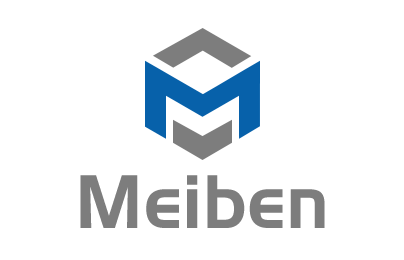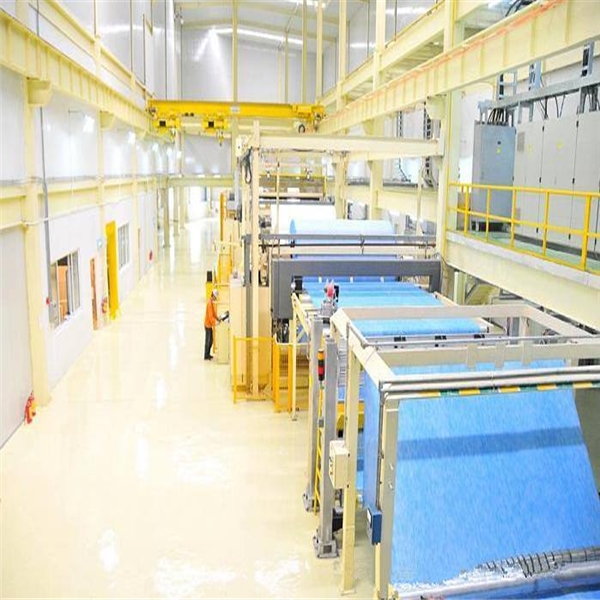What, non-woven fabric is not cloth?
Environmental bags are also made of plastic?
The wet wipes discarded outdoors cannot be degraded like napkins?
Do you really understand the non-woven fabrics and products that are common in life?
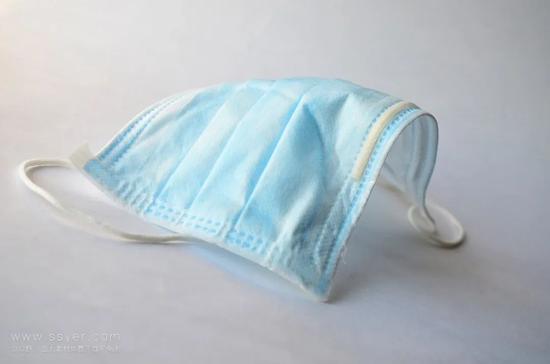
Non-woven fabrics in life
Non-woven fabric is a common material in our lives and is widely used in various daily life products. According to application requirements, non-woven fabrics can be divided into two categories: durable and disposable. Durable non-woven fabrics can be used many times, have a certain service life, and are widely used in clothing, home improvement, agriculture, industry and other fields. For example, many eco-friendly bags that have been popular in recent years are made of non-woven fabrics.
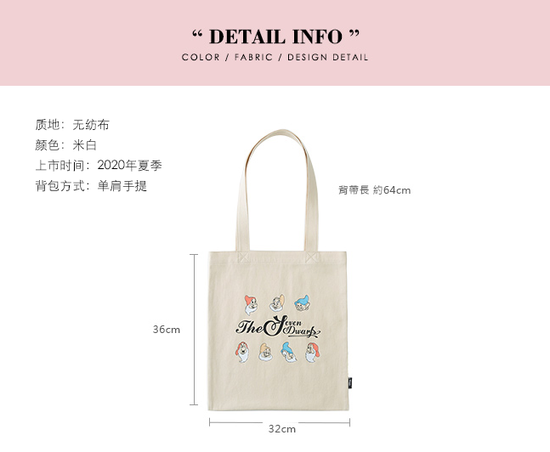
Disposable non-woven fabrics are also common, such as wipes for cleaning, masks that everyone must use during the epidemic, tea bags for tea bags, and baby diapers. . .
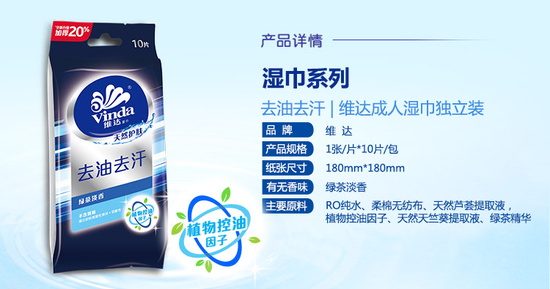
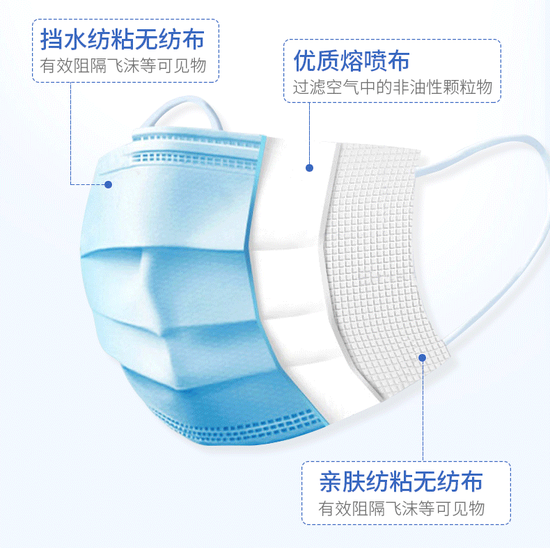
Is non-woven fabric cloth?
Non-woven fabric, the standard name is non-woven fabric. my country’s national standard GB/T 5709-1997 “Textile Nonwovens Terminology” defines nonwovens as: “Oriented or randomly arranged fibers, combined with each other through friction, entanglement, or bonding, or a combination of these methods Sheets, webs or wadding, excluding paper, woven fabrics, knitted fabrics, tufted fabrics and wet-laid felt products. The fibers used can be natural or chemical fibers; they can be short fibers, filaments Or fibrous objects formed on the spot.”
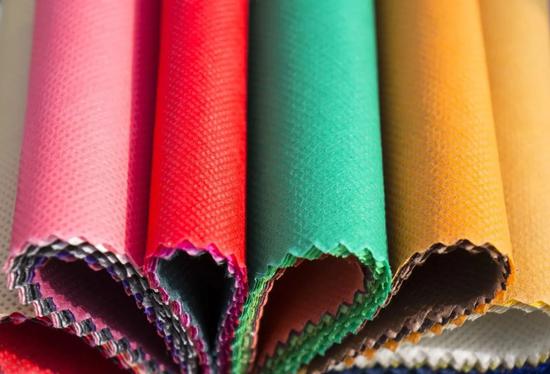
Among them, the word “cloth” may make people think that its raw materials are natural materials, but in fact, the three major fibers used to produce non-woven fabrics are polypropylene (63% of the total) and polyester (23% of the total ) And viscose fiber (8% of the total), the remaining 2% is acrylic fiber, 1.5% is polyamide, and 2.5% is other fibers.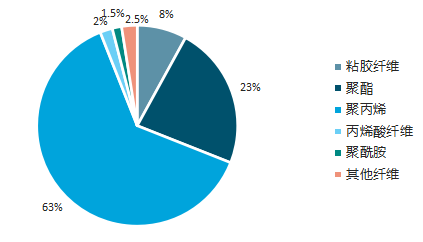
Among them, viscose fibers are processed products of natural fibers, while polyester, polypropylene, acrylic and polyamide fibers are all chemical fibers and are also the main polymer components of synthetic plastics. Non-woven fabrics made of these chemical fibers are all plastic products. It can be seen that the vast majority (89.5%) of non-woven fabrics on the market are refractory plastic products.
Pendulum knowledge
Polypropylene: referred to as PP, a semi-crystalline thermoplastic, one of the common polymer materials, often used in the production of textiles, stationery, and plastic parts.
Polyester: commonly known as “polyester”, it is a synthetic fiber obtained by spinning polyester formed by polycondensation of organic dibasic acid and diol, abbreviated as PET, which belongs to high molecular compound.
Propionamide: Acrylamide is usually used as a synthetic polyacrylamide. This aggregate can be used as a water-soluble thickener for sewage treatment, papermaking, ore treatment, and non-iron treatment of fabrics.
Polyamide: One of the polymer materials, referred to as PA, can be synthesized naturally or artificially, and is commonly found in textiles, carpets, sportswear, etc.
viscose fiber: abbreviated as viscose fiber, also known as viscose fiber, its main raw material is chemical pulp, including cotton pulp and wood pulp, which are regenerated by separating natural cellulose through chemical reactions.
Look at the life of non-woven fabrics from the full life cycle of wet wipes: Is it really environmentally friendly?
On the Internet, some people call non-woven fabrics “easy to decompose, non-toxic, non-irritating, recyclable, and non-polluting”, and are “a new generation of environmentally friendly materials” and “environmentally friendly products that protect the earth’s ecology.” However, this is true. NS?
We take the representative product of non-woven fabrics as an example, and conduct an objective analysis from the perspective of the entire product life cycle: raw material acquisition, processing, manufacturing, sales, use, and disposal.
The non-woven fabrics used to make wet wipes are mostly polyester fibers[3], and polyester fibers, as synthetic fossil-based fibers, are processed from non-renewable fossil raw materials such as oil, natural gas, or coal, just like other members of the plastic family. Fossil raw materials undergo a series of processing to obtain polyester melt, and polyester fiber is obtained after melt spinning.
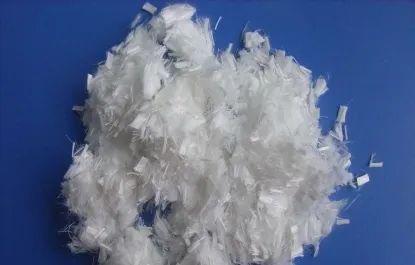
Nearly 70 million barrels of oil are used to make polyester every year in the world, and the energy required to produce polyester is more than twice that of cotton. In addition, the production of polyester requires the use of hazardous chemicals, including carcinogens. Since most polyesters are produced in countries with loose environmental regulations such as China and Indonesia, the discharge of production waste may have more environmental impacts.
Unlike textile materials, non-woven fabrics do not need knitting or yarns. Instead, the fibers are directly bonded together by physical or chemical methods. Common non-woven fabric processing techniques include spunlace method, thermal method, spunbond method, melt blown method and so on. At present, the wet wipes on the market are mainly spunlace non-woven fabrics, that is, the fiber raw materials are processed into non-woven fabrics through the spunlace process.
Spunlace non-woven wet wipes have the advantages of softness and resistance to swarf, but in the production process, they consume high power, water and steam, and industrial energy consumption is high.
Pendulum knowledge
Spunlace non-woven fabric: high-pressure fine water jet is sprayed onto one or more layers of fiber webs to reinforce and entangle the fiber webs.
heat-bonding non-woven fabric: adding fibrous or powdery hot-melt adhesive reinforcement material to the fiber web, and then the fiber web is heated, melted and cooled.
Spunbond non-woven fabric: After the polymer has been extruded and stretched to form continuous filaments, the filaments are laid into a web, and the web is then bonded by itself, thermally bonded, chemically bonded or mechanically reinforced to make The web becomes a non-woven fabric.
Melt-blown non-woven fabric: high-speed hot air flow is used to draw the thin stream of polymer melt extruded from the nozzle hole of the die, thereby forming ultra-fine fibers and collecting them on the net curtain or drum, and bonding themselves Become.
In recent years, the wet wipes market has continued to develop rapidly. By 2017, there were 739 registered wet wipe manufacturers. The types and uses of wet wipes continue to expand, but the base material of wet wipes is still mainly spunlace non-woven fabrics, and there are fewer companies producing natural fiber wet wipes such as cotton fiber and bamboo fiber.
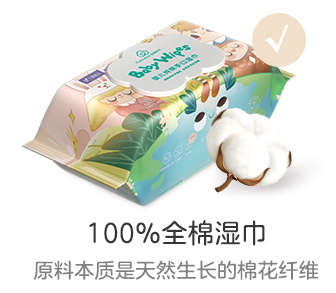
As a disposable sanitary product, the use of wet wipes “dispose after use” brings convenience and increases resource consumption and brings us more garbage.
Although plastic products can be recycled, the used wet wipes have been contaminated and cannot be recycled. Waste wet wipes belong to dry waste in the garbage classification, and the dry waste is usually treated by landfill, incineration, etc. Landfill leachate produced by plastic waste will pollute the soil and water bodies; while in another waste disposal method-waste incineration, non-woven fabrics made of plastic will also produce carcinogens, dioxin, and dioxin when burned. Pollution such as acid gas.

Generally speaking, whether it is landfilled or incinerated, non-woven wipes as a kind of plastic waste have a certain degree of ecotoxicity.
Because of its stable chemical properties, non-woven fabrics made of plastic are difficult to degrade in the natural environment. Some consumers abandon the wet wipes in the natural environment due to weak environmental awareness and cognitive bias towards the real materials of non-woven fabrics (thinking that non-woven fabrics are degradable). These non-woven wipes remain in the natural environment. , It may take 100 years to degrade. At the same time, they may be eaten by animals, causing disease or death of animals, and threatening the safety of animals. In the degradation process, under the action of wind and sun, polyester non-woven wipes may become secondary microplastics-a more troublesome plastic pollutant, which poses a huge threat to the entire ecological chain.

In conclusion, a piece of polyester non-woven wipes from the cradle to the grave will have a negative impact on the ecology in many aspects.
In the mining and processing of raw materials, it will consume non-renewable fossil energy and cause possible waste discharge pollution;
In the manufacturing of wet wipes, a lot of energy is consumed, including a lot of water resources;
In sales and use, due to its one-time use characteristics, it will increase the generation of garbage;
In terms of waste treatment, firstly due to its product characteristics, it is difficult to recycle and regenerate; secondly, it will cause soil, water and air pollution in the process of landfill and incineration;
For discarded non-woven wet wipes that flow out of control and flow into the natural environment, they are difficult to degrade naturally and will cause harm to animals and even the entire ecosystem.
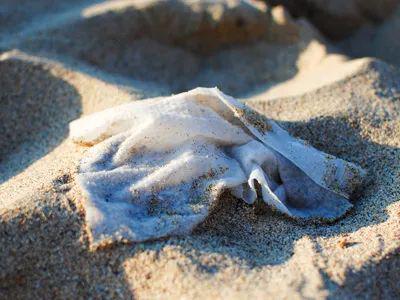
Of course, we also need to see the advantages of non-woven fabrics. Its invention reduces costs, improves production efficiency, and brings many conveniences to our lives. With the development of non-woven fabric technology and waste treatment technology, the harm caused by unit non-woven fabrics to the environment is gradually decreasing.
Here, we do not judge the pros and cons of non-woven fabrics, but only explain its possible environmental impact. In addition, this article only conducts a simple analysis of the impact of non-woven fabrics on the environment. If you want to get more rigorous and quantitative results, you need to use the Life Cycle Assessment method to conduct a systematic assessment.
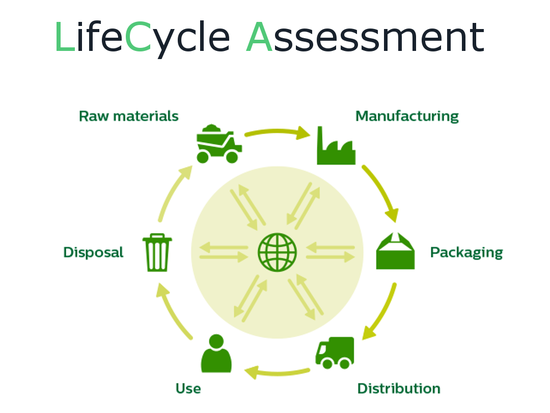
Seeing this, you should know more about non-woven fabrics, right? Although it is called “cloth”, most of the non-woven fabrics are plastic products, which are not so harmless to humans and animals. The impact of non-woven fabrics on the environment requires more attention from us.
Post time: Jul-24-2021
